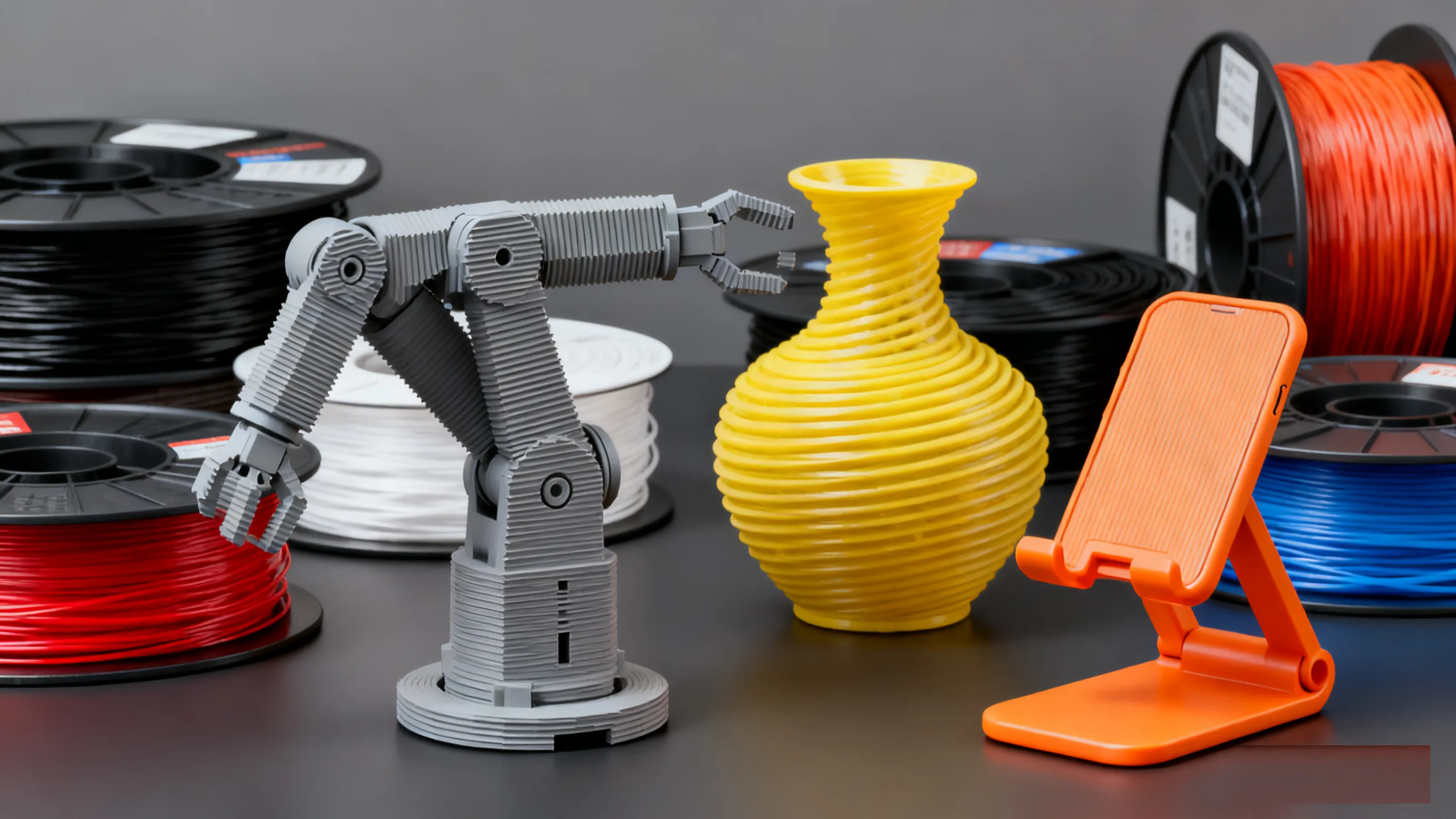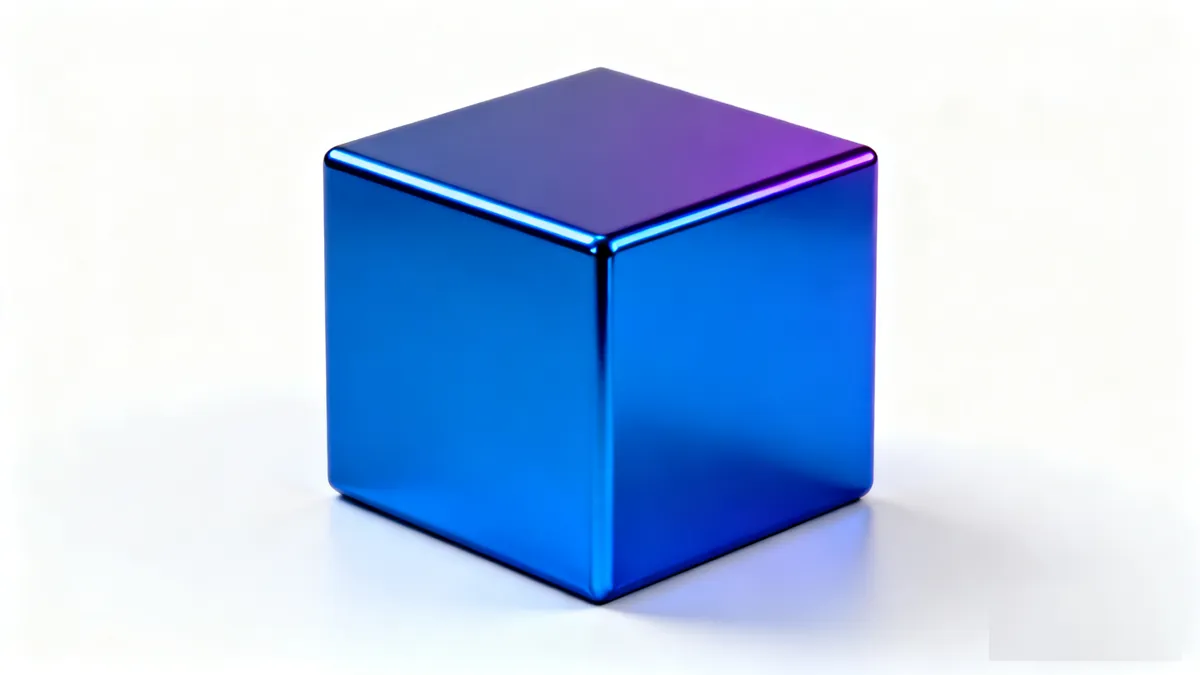ASA 3D Printing Service
Get instant online quotes on ASA 3D printed parts. Free shipping on all US orders. ISO 9001:2015, ISO 13485, and AS9100D certified.

Get instant online quotes on ASA 3D printed parts. Free shipping on all US orders. ISO 9001:2015, ISO 13485, and AS9100D certified.

ASA filament (acrylonitrile styrene acrylate) is similar in composition to ABS but replaces butadiene with acrylate in its formulation. This addition is what makes ASA a superior material. It has excellent UV stability, enhanced toughness, high impact resistance, and improved resistance to temperature effects and can be made in a wide range of colors, and does not fade or yellow as readily as other plastics when exposed to sunlight.
FDM, or fused deposition modeling, is the most widely recognized 3D printing technology and is capable of printing parts in a wide range of materials. As mentioned previously, ASA is a good material for parts that will be used outdoors. This makes it ideal for both end-use parts and functional prototypes that will be exposed to sunlight and harsh environmental conditions. Some typical applications can include housings for sensitive equipment or sporting equipment prototypes.
FDM ASA-M30 Properties
| Tensile Strength (MPa) | Elongation at Break (%) | Hardness (Rockwell) | Heat Deflection Temperature (℃) | Glass Transition (℃) |
|---|---|---|---|---|
| 30 | 3 | 82 | 99 | 108 |
This grade of ASA is electrostatic-dissipative which means it has special anti-static properties. This is possible thanks to the inclusion of extra carbon filler in the formulation. This has the strength benefits of ASA while also allowing it to be used alongside sensitive electronics without the risk of static discharges damaging delicate components. This makes it ideal for electronic housings and fixtures for electronic components.
Standard: Support structures are removed and some light sanding is performed at the support locations. FDM parts will generally show clear layer lines known as stepping. If a smooth surface finish is required right off the machine, then they should consider other 3D printing technologies.
Custom: Custom surface finishes like painting and additional sanding can be requested.
Cost-saving Design Tips To save money with ASA printing, follow these cost-saving design tips: DFM: ASA 3D printing with FDM technology requires special considerations when designing parts. FDM machines construct parts from the bottom up, so large overhangs will require support. Large internal cavities are not ideal as support structures cannot be removed. This can, however, be overcome with special soluble supports, though these add complexity and cost to the design. In addition to this, care must be taken when designing load-bearing components as FDM parts are generally weakest in the Z-axis due to the bond strength between layers. Choose the right ASA: The above-listed ASA materials are each designed for specific use cases and should only be used when required. For example, biocompatible ASA is not needed for a tooling fixture and would increase the overall cost of the part for no reason.